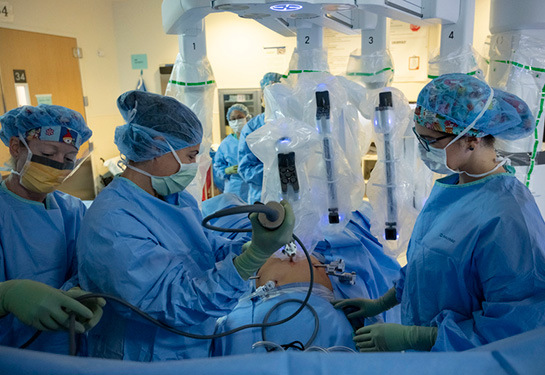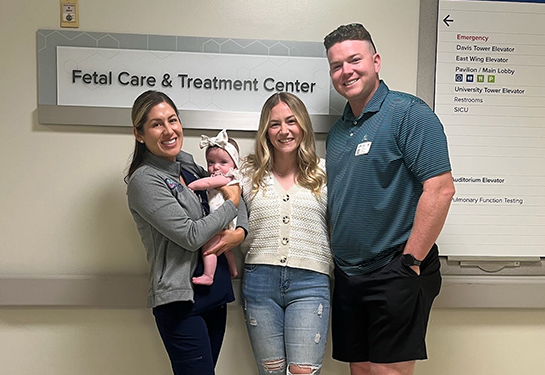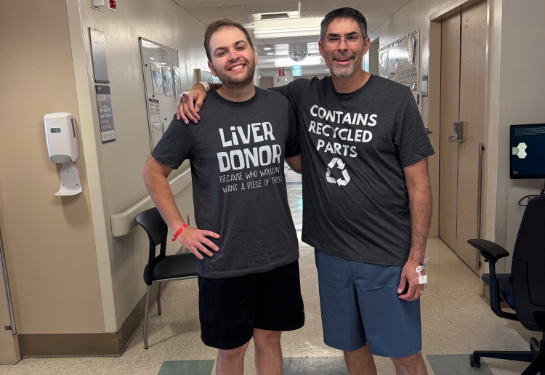UC Davis Health adopts low pressure surgery systemwide
Medical center is first in the nation to implement low pressure as standard for all laparoscopic surgeries
UC Davis Health has adopted low pressure insufflation as the standard for all surgical laparoscopic procedures, utilizing ConMed's AirSeal® System. The renowned academic medical center is the first multi-site health system in the nation to implement the practice systemwide.

Insufflation involves injecting air or gas via a machine into the abdominal cavity to create a tent to allow for visualization of the operative field and manipulation of instruments used during the procedures.
By offering a low-pressure insufflation option for every laparoscopic procedure, UC Davis Health surgeons can safely operate at lower intra-abdominal pressures. This has been shown to improve patient outcomes and promote patient safety.
“Since 2016, we have been utilizing low pressure insufflation for our robotic surgery procedures and have found success in improving patient outcomes and improving operating efficiency for our robotic surgeons,” said Bahareh M. Nejad, director of Robotic Surgery and clinical professor of Obstetrics and Gynecology. “We are proud UC Davis Health has made this investment to expand this benefit for all surgical laparoscopic procedures.”
Patient benefits of low-pressure surgery
A recent multi-site study published in MDPI, showed that the use of low pressure insufflation provided better operative and post-operative outcomes for patients when compared with traditional open surgery. Patients in the study, who underwent surgery for early-stage endometrial cancer, experienced shortened lengths of stay in the hospital and reduced complications.
Moreover, low-pressure procedures showed better overall control of post-operative pain as well as shoulder pain. These results were significantly lower than those obtained with the standard insufflation system and hastened patients’ discharge. By shortening a patient’s length of stay in the hospital and reducing their complications, UC Davis Health can prevent bottlenecks in surgical recovery rooms and serve more patients.
“The faster we can get people out of recovery - even if it is just minutes - it helps our surgeons be able to proceed with our next procedure and provide more care to our patients,” Nejad added.
Increased efficiency for surgeons
Low pressure insufflation has also proved to reduce procedural time for surgeons, resulting in increased operating efficiency. UC Davis Health’s new low-pressure system delivers stable pneumoperitoneum, the presence of air or gas in the abdominal cavity. It also has a valveless system which maintains optimal exposure of the operative field even with a lower pressure of insufflation and while allowing the continuous emission of surgical smoke, a product of many surgeries.
“During a procedure this technology helps me not lose air when I make an incision and allows me to see at all times and not have to wait for smoke to be vented,” explained Nejad. “Ultimately, it makes me more efficient during procedures and allows me to be more independent as a surgeon.”
About ConMed’s AirSeal system
The AirSeal insufflation management system provides surgeons a stable pneumoperitoneum, constant smoke evacuation and the ability to operate at lower intra-abdominal pressures. By providing these capabilities, the system has been shown to reduce procedural time, resulting in increased operating efficiency.




